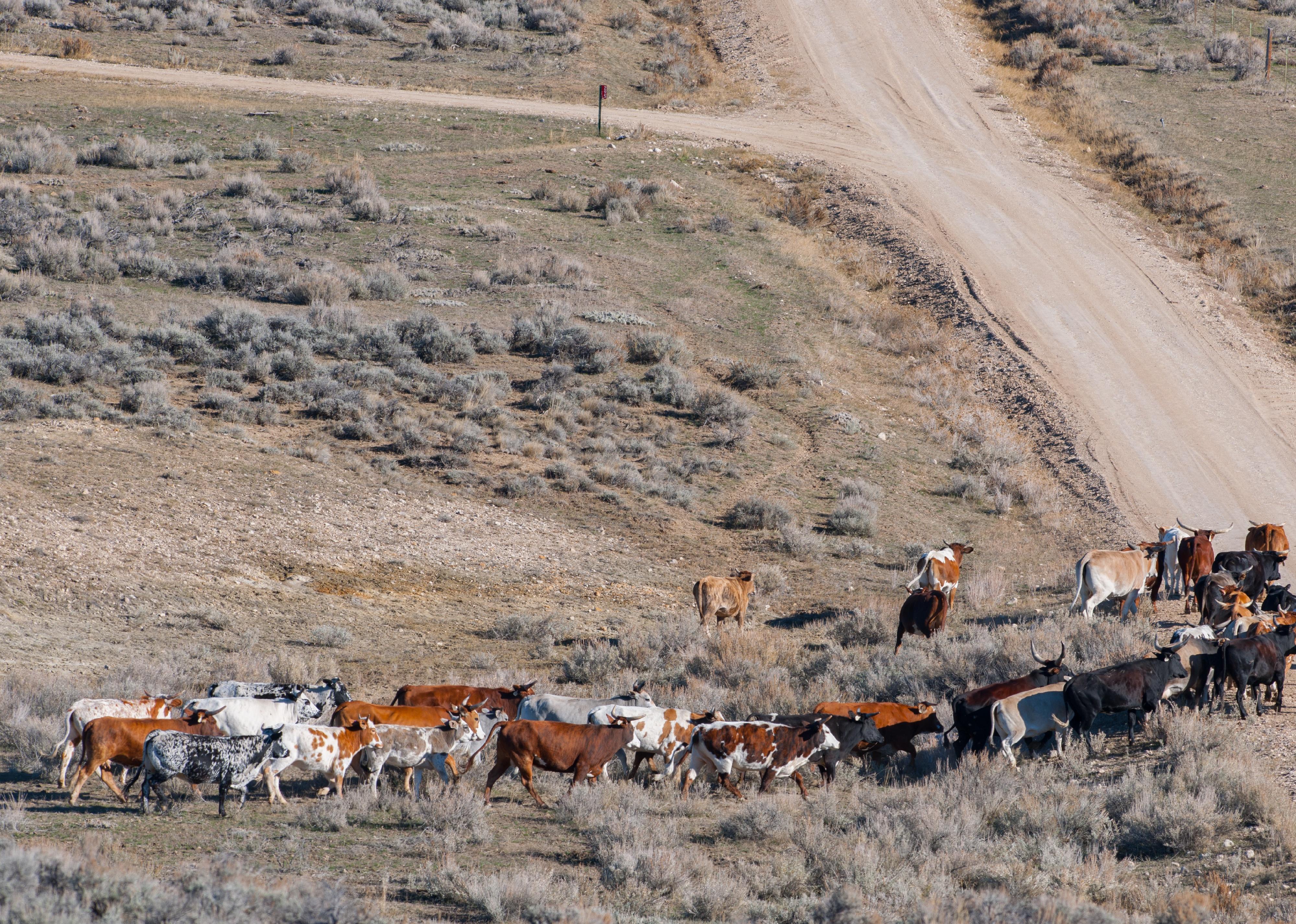
Increased droughts: How climate change has affected Wyoming
Increased droughts: How climate change has affected Wyoming
The latest United Nations Intergovernmental Panel on Climate Change (IPCC) report is yet another reminder of the dire effects of climate change. While climate projections often look to the future when discussing the worst impacts of climate change, we are in fact already experiencing its effects across the United States. To better understand how climate change is impacting the country, Stacker compiled a list of the impacts of climate change in every state, using local and national news stories, government reports, and scientific journal articles.
While these impacts are weather-related—for example, heat waves, droughts, or storms—individual weather events cannot be attributed to climate change on their own. Rather, it is when these events are seen within larger trends that they can be understood as part of a pattern that has come out of the changing climate.
Keep reading to learn about how your state has been impacted by climate change, or read the national story here.
Wyoming: Increased droughts
As of the summer of 2021, Wyoming was in a multi-year drought that was the state's worst since 2013. And 2020 was Wyoming's fifth-driest and 16th warmest summer since 1895. By 2050, Wyoming is expected to see a 40% increase in the severity of widespread drought. The result of these worsening droughts will be more wildfires and more stress for farmers, ranchers, and wildlife.
Across the country, there are trends of rising temperatures, storms of increasing frequency and severity, and more erratic precipitation patterns, causing disruptions to the food systems and sometimes even resulting in death. While the U.S. government has set a target to reduce greenhouse gas emissions by at least 50% by 2030, it is clear that the climate emergency is already taking place, and along with emissions reductions, mitigation of the impacts of climate change must be prioritized as well.
Read below to see how other states in your region have been affected by climate change.
Colorado: Colorado River drying up
A total of 40 million people rely on the water from the Colorado River, and while experts have taken steps to save water, giant wildfires and heat waves are reducing water levels in this river faster than expected. The flow of the Colorado River has already declined by 20% compared to its average flow in the 1900s, and if warming continues on its current trajectory, that decline could reach 50% by 2100.
Idaho: Fewer crops—like onions
One way the state of Idaho is experiencing climate change is increased drought. It is estimated that, by 2050, Idaho will see a 110% increase in drought. However, the impacts are already being felt today. This past summer, farmers in western Idaho faced lower production due to a lack of melting snow, spring rain, and hotter-than-average temperatures. This dry spring led to a 15% to 20% loss in onion production, and also has been a threat to wildlife.



